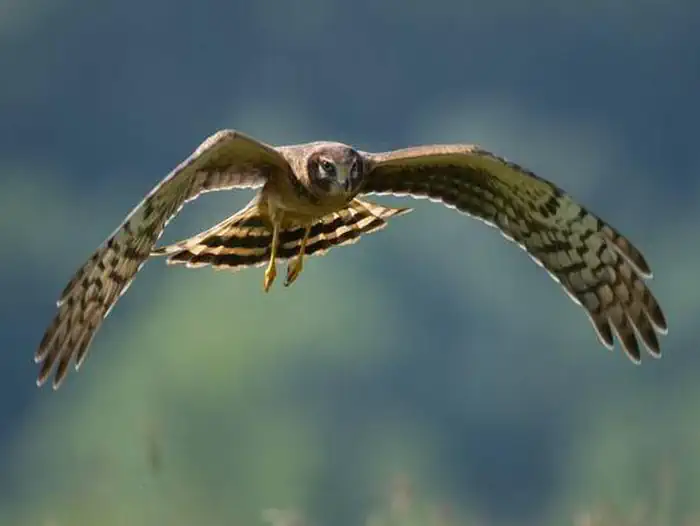Montezuma National Wildlife Refuge
Overview
Montezuma National Wildlife Refuge is managed by Fish and Wildlife Service and is located near Seneca Falls, New York.
Establishing the Montezuma National Wildlife Refuge in 1938 was the first step of many to restore the area back to its historic expanse of marshes—an area thriving with wildlife, once used by indigenous people for hunting and fishing. The marshes were drained as a result of dam and canal construction in the early 1900s, and area wildlife virtually went the way of the water—gone. But, with the help of the Civilian Conservation Corps, a series of constructed dikes began to hold water and wildlife returned.
Today, Montezuma NWR continues to work toward restoring the historic Montezuma marshes, grasslands, shrublands, and forests. As part of the Montezuma Wetlands Complex—a partnership between the USFWS, the New York State Department of Environmental Conservation, Audubon NY, Ducks Unlimited, the Nature Conservancy, and Friends of the Montezuma Wetlands Complex—the Refuge acquires land through deed or easement and restores it to provide critical habitat to migratory birds and other wildlife.
Designated as an Audubon Important Bird Area, the refuge provides critical migration and nesting habitat for waterfowl, marsh birds, shorebirds, raptors, warblers, woodpeckers and more! Montezuma was the first site in New York State for a bald eagle restoration program in the mid- to late-1970s, reintroducing more than 20 bald eagles back into the wild. Today, the refuge boasts several active bald eagles nests and many people visit just to see our nation’s symbol in its natural habitat!
Things to Do at Montezuma National Wildlife Refuge
Recreation Activities
Popular activities at Montezuma National Wildlife Refuge include:
Nearby Activities
- Auto Touring
- Birding
- Boating
- Cross Country Skiing
- Educational Programs
- Environmental Education
- Fishing
- Hiking
- Hunting
- Interpretive Programs
- Motor Boat
- Non-Motorized Boating
- Paddling
- Photography
- Picnicking
- Snowshoeing
- Visitor Center
- Wildlife Viewing
Plan Your Visit
Getting There
The refuge's Visitor Center, entrance to the Wildlife Drive and Seneca Trail, and the refuge’s headquarters office are located at 3395 U.S. Route 20 East, Seneca Falls, NY, 13148, between Auburn and Seneca Falls, NY.
From the New York State Thruway (Interstate 90), take exit 41. Turn right (south) onto NY-414 and follow approximately 200 yards to the traffic light. Turn left (east) at the light onto NY-318 and follow for approximately 5 miles to the end, where NY-318 meets NY-5/US-20 and NY-89. Turn left (east) onto NY-5/US-20 and follow for 1.25 miles. Turn left into the refuge entrance.
GPS Coordinates: 42.96695590000000, -76.74085900000000
Contact & Resources
Phone: 315-568-5987
Additional Information:

